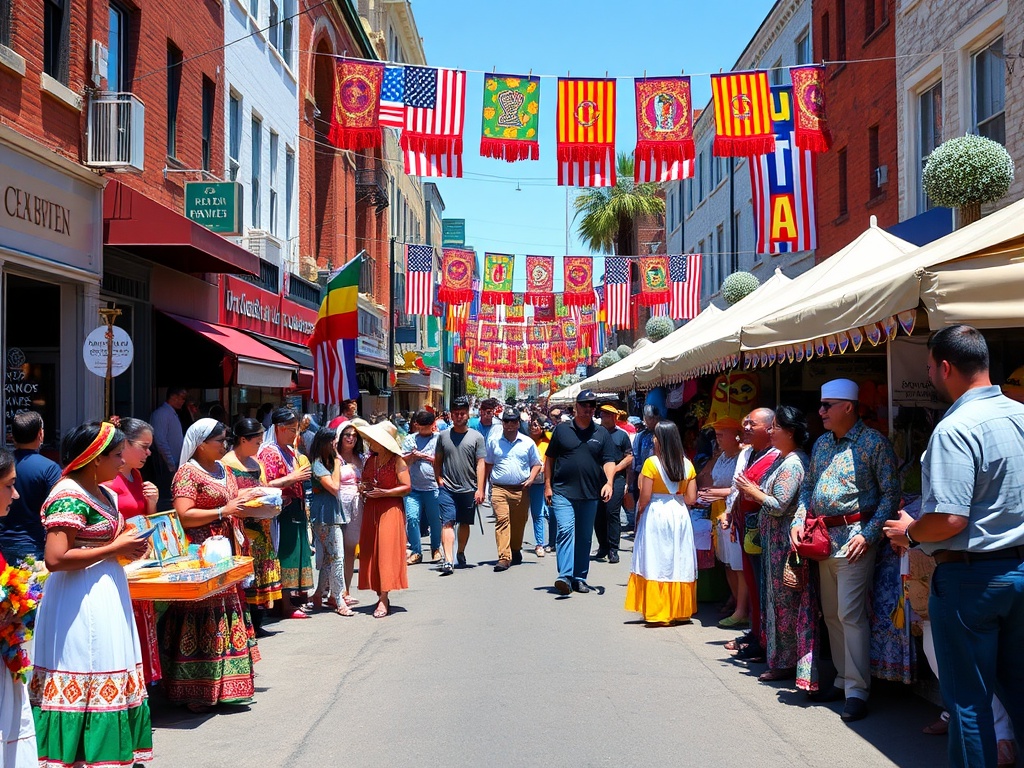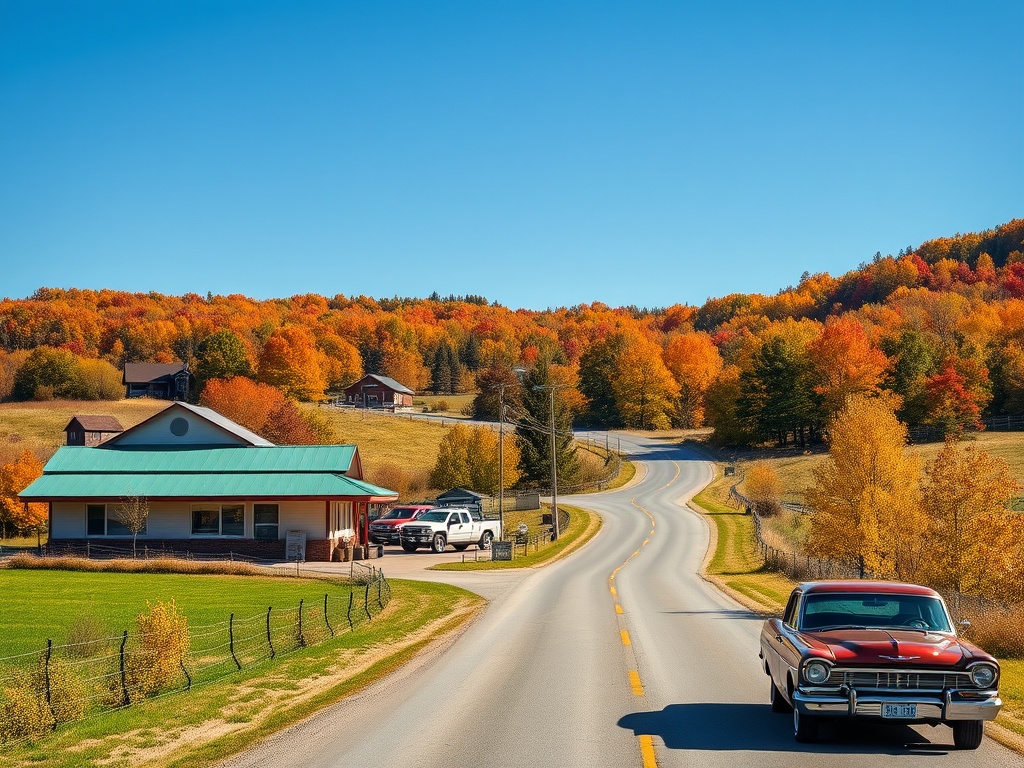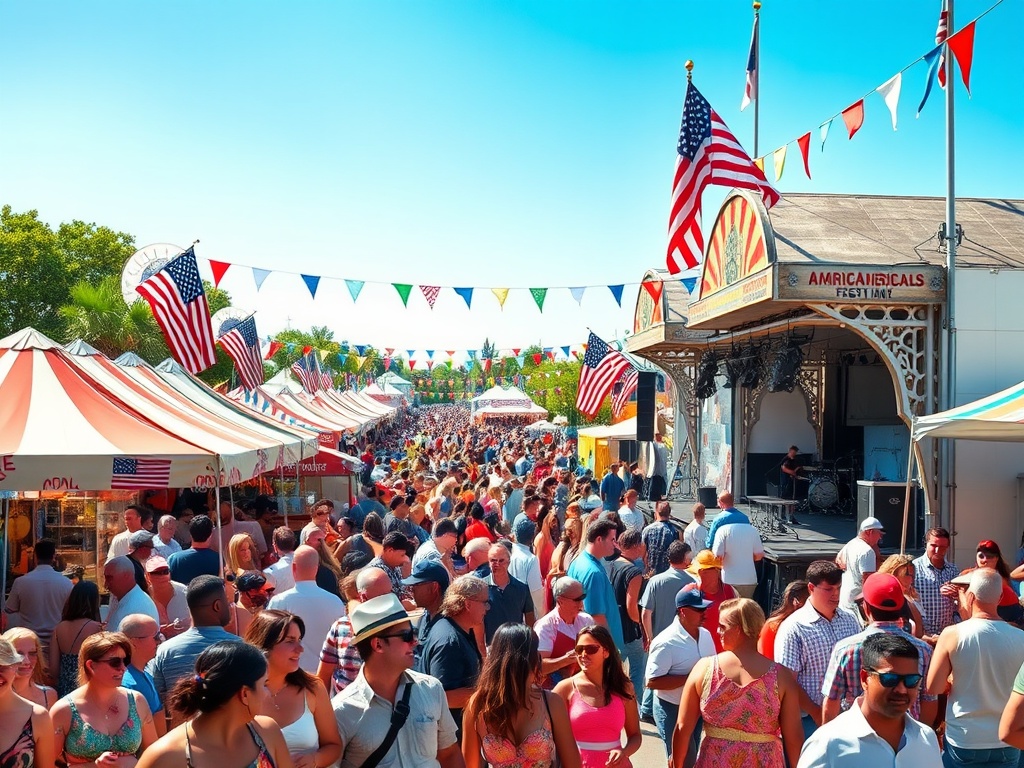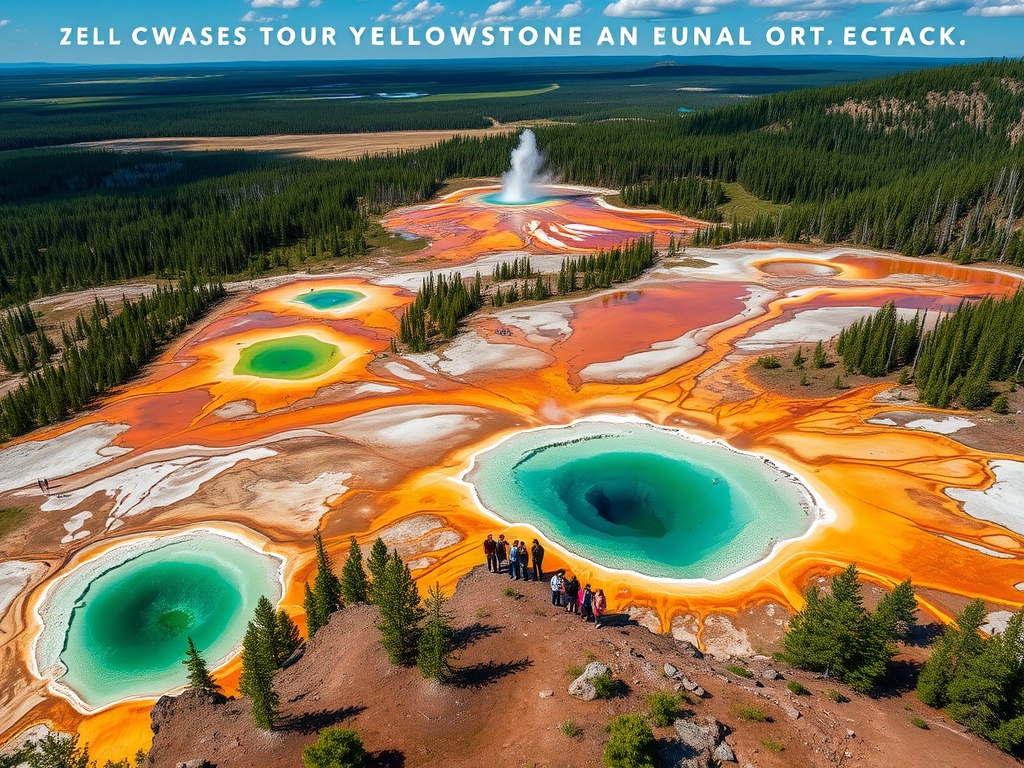Exploring Native American Heritage: The Rich Tapestry of Indigenous Cultures
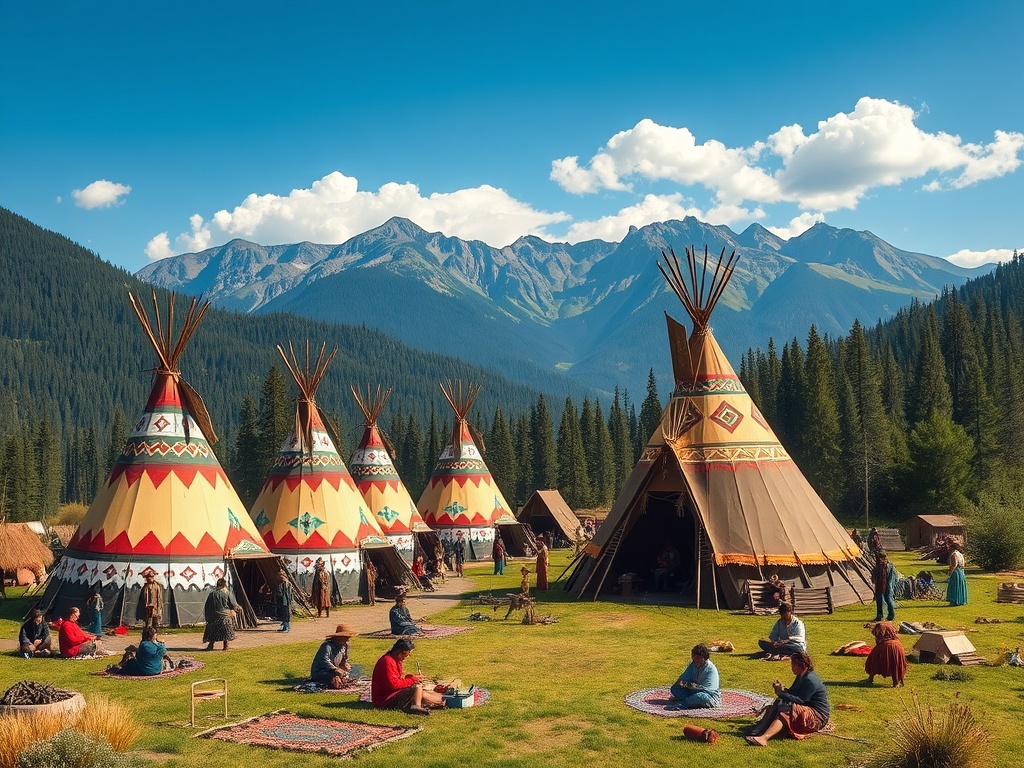
Across the vast landscapes of the United States, the legacy of Native American cultures shines brightly, offering a glimpse into a rich history that predates the arrival of European settlers. This article delves into the vibrant traditions, languages, and spiritual beliefs that define Indigenous communities, showcasing their resilience and ongoing contributions to American society.
With over 500 federally recognized tribes, each with its own unique customs and languages, Native American heritage is a testament to cultural diversity. From the Navajo Nation in the Southwest to the Iroquois Confederacy in the Northeast, these tribes have preserved their languages and traditions against the odds.
| Tribe | Region | Language Family | Key Traditions |
|---|---|---|---|
| Navajo | Southwest | Na-Dené | Weaving, Sand Painting |
| Sioux | Plains | Siouan | Powwows, Vision Quests |
| Iroquois | Northeast | Iroquoian | Longhouse Ceremonies, Lacrosse |
Efforts to preserve Native American cultures have gained momentum through education, cultural events, and legal protections. Museums and cultural centers across the nation play a pivotal role in this mission, offering exhibitions that highlight Indigenous art, history, and contemporary issues. Additionally, cultural festivals and powwows serve as vibrant gatherings where traditions are celebrated and shared with the public.
One of the most significant aspects of preserving heritage is the revitalization of languages. Many tribes are implementing language programs to teach younger generations, ensuring that their linguistic heritage endures. This effort is crucial, as language is a vessel for culture, history, and identity.
Here is a list of some remarkable sites where one can experience the richness of Native American heritage:
- Black Hills, South Dakota – Sacred site for the Lakota Sioux
- Chaco Culture National Historical Park, New Mexico – Ancient Puebloan ruins
- Taos Pueblo, New Mexico – UNESCO World Heritage Site and living Native community
- Wounded Knee, South Dakota – Site of a historic massacre
- Newark Earthworks, Ohio – Ancient ceremonial mounds
The Melting Pot: Celebrating Immigrant Contributions to American Identity
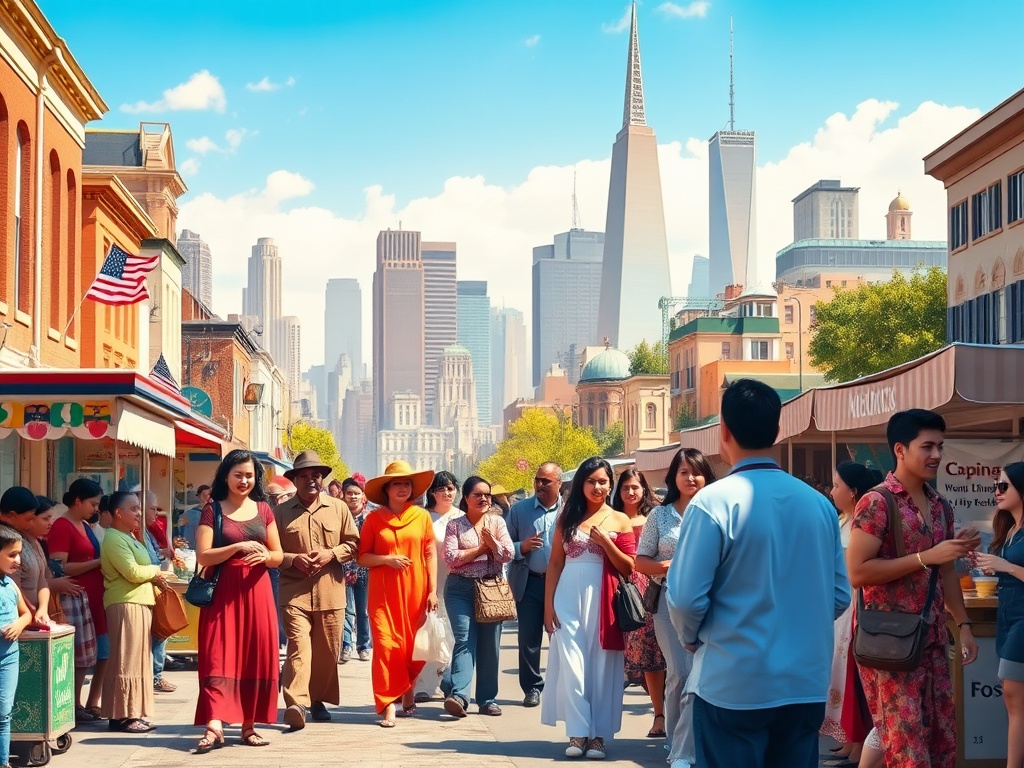
The United States is often referred to as a melting pot, a term that encapsulates the rich tapestry of cultures, traditions, and histories brought by immigrants from around the world. Each wave of newcomers has contributed to the nation’s identity, infusing it with unique flavors, artistic expressions, and diverse worldviews. This article explores how immigrant communities have shaped American culture and the ongoing impact of their contributions.
Throughout history, immigrants have faced challenges and triumphs that have interwoven their stories into the broader American narrative. From early European settlers to recent arrivals from Asia, Africa, and Latin America, each group has left an indelible mark on the nation’s character. Their experiences not only enrich local communities but also influence national policies and social movements.
Immigrant communities have introduced a wealth of traditions in various aspects of American life, from culinary innovations to artistic expressions. The fusion of cultural practices can be seen in festivals, music, and food, creating a diverse cultural landscape. For instance, Italian festivals celebrate heritage through food, while Mexican Día de los Muertos introduces vibrant customs that honor ancestors.
| Immigrant Group | Region of Origin | Key Contributions |
|---|---|---|
| Irish | Europe | Parades, St. Patrick’s Day celebrations, and traditional music. |
| Chinese | Asia | Chinese New Year celebrations and culinary staples like dim sum. |
| Mexican | Latin America | Festivals like Cinco de Mayo and contributions to American cuisine. |
The rich contributions made by immigrants extend beyond the arts and festivals; they also influence the social fabric of the nation. Various social movements have been initiated or supported by immigrant groups, advocating for rights, representation, and equality. This activism not only empowers communities but also fosters a greater understanding of the complexities of American identity.
The legacy of immigrant contributions is not merely a historical account; it is a living aspect of American life that requires ongoing appreciation and support. As we celebrate this diversity, it is essential to recognize the importance of inclusive policies and cultural exchange programs that honor and amplify immigrant voices. By doing so, we not only preserve the rich heritage of our nation but also pave the way for future generations to thrive in a multicultural society.
Historic Landmarks: A Journey Through America’s Architectural Marvels
The United States is a land rich in history, where architectural wonders stand as testaments to the diverse cultural influences that have shaped the nation. From the grandeur of colonial structures to the innovative designs of modern skyscrapers, these historic landmarks not only tell stories of the past but also reflect the evolving identity of America. This journey through the country’s architectural marvels offers a unique perspective on the cultural heritage that defines the American experience.
As we traverse the country, we encounter a variety of architectural styles that showcase the influences of different cultures and historical periods. Each region boasts its unique structures, from the intricate designs of Spanish missions in California to the neoclassical elegance of government buildings in Washington, D.C. Here are some notable styles and their representative structures:
| Architectural Style | Representative Structure | Location |
|---|---|---|
| Colonial | Independence Hall | Philadelphia, PA |
| Mission Revival | Mission San Juan Capistrano | San Juan Capistrano, CA |
| Neoclassical | U.S. Capitol Building | Washington, D.C. |
| Art Deco | Chrysler Building | New York City, NY |
| Modernist | Farnsworth House | Plano, IL |
As these historic landmarks continue to inspire awe and admiration, their preservation becomes paramount. Many structures have been designated as national landmarks, ensuring that they receive the protection and recognition they deserve. Efforts to maintain these sites not only honor the craftsmanship and history behind them but also provide future generations with a tangible link to the past. Moreover, these landmarks often serve as educational resources, fostering a greater understanding of America’s complex heritage.
Visiting historic landmarks offers a unique opportunity to connect with the stories they hold. Travelers can immerse themselves in guided tours, interactive exhibits, and community events that breathe life into these structures. For many, stepping inside these architectural marvels can evoke emotions tied to their own heritage, sparking a sense of pride and belonging that transcends generations. Whether wandering through the hallowed halls of Monticello or standing in the shadow of the Golden Gate Bridge, each visit is a chance to reflect on the diverse narratives that coalesce to form the American identity.
Culinary Heritage: Savoring the Flavors of America’s Regional Dishes
The culinary landscape of the United States is as diverse as its people, reflecting a mosaic of cultures, traditions, and histories that have converged over centuries. From coast to coast, each region offers unique dishes that tell the story of its inhabitants, showcasing local ingredients and culinary techniques passed down through generations. This exploration of America’s culinary heritage invites food lovers to savor the flavors that define the country’s rich cultural identity.
Across the United States, regional dishes serve as a delicious representation of local histories and traditions. These culinary staples not only highlight the agricultural bounty of each area but also embody the fusion of flavors brought by various immigrant communities. For instance, the spicy gumbo of Louisiana reflects African, French, and Spanish influences, while the intricate sushi rolls found in California are a testament to Japanese culinary art meeting American innovation.
One of the most exciting aspects of American cuisine is its ability to blend flavors from different cultures, creating new and exciting dishes that delight the palate. This culinary fusion can be seen in:
- Tex-Mex: A vibrant blend of Texan and Mexican cuisines, featuring dishes such as nachos and fajitas.
- New England Clam Chowder: A creamy soup that combines Native American traditions with European influences, highlighting the region’s seafood bounty.
- Southern Barbecue: Deep-rooted in African American traditions, Southern barbecue showcases slow-cooked meats paired with regional sauces and side dishes.
These examples illustrate how America’s culinary heritage is a living tapestry, continuously evolving as it incorporates new ingredients and techniques while honoring its roots.
Food festivals across the country provide an opportunity to celebrate and experience America’s diverse culinary heritage first-hand. Events such as the Chicago Gourmet, New Orleans Jazz & Heritage Festival, and California Avocado Festival not only showcase regional dishes but also highlight the chefs and culinary artisans who work tirelessly to keep these traditions alive. These gatherings foster a sense of community and invite everyone to appreciate the richness of America’s food culture.
Artistic Expressions: Discovering the Vibrant Arts Scene Across the States
The United States boasts a rich and dynamic arts scene that reflects its diverse heritage and cultural influences. From coast to coast, artistic expressions such as visual arts, performing arts, music, and literature serve as windows into the soul of American society. This exploration of the vibrant arts scene invites readers to appreciate the creativity that flourishes within communities, showcasing how these expressions foster connection, understanding, and celebration of cultural identities.
Visual arts in the U.S. are as varied as the landscapes they inhabit. From the bold colors of Southwest Native American pottery to the intricate designs of contemporary urban graffiti, artists employ diverse mediums to convey their stories and experiences. Galleries and museums across the country provide platforms for both established and emerging artists, making the visual arts an integral part of the cultural dialogue.
The performing arts in America encapsulate the spirit of storytelling through dance, theater, and music. Broadway in New York City is synonymous with world-class theater, while regional theaters across the nation showcase local narratives that resonate with their audiences. Similarly, dance forms such as ballet, hip-hop, and traditional folk dances highlight the unique cultural backgrounds contributing to this vibrant scene.
- Broadway Musicals: A fusion of storytelling, music, and dance, representing diverse narratives.
- Regional Theater: Local productions that reflect community stories and cultural heritage.
- Dance Festivals: Celebrating different dance forms from around the globe, showcasing cultural richness.
Music is perhaps the most profound expression of cultural identity in the U.S., with genres ranging from jazz and blues to country and hip-hop. Each genre tells a story of its origins and influences, showcasing the blending of traditions that define American music. Festivals like Coachella and New Orleans Jazz Fest bring together artists and audiences, creating a shared experience that celebrates this musical diversity.
As we traverse the landscape of artistic expressions across the United States, it becomes clear that the arts are not merely forms of entertainment; they are vital to understanding the diverse heritage that shapes American identity. Whether through visual masterpieces, captivating performances, or soul-stirring melodies, the arts invite us to engage with the rich cultural tapestry of the nation.
Festivals and Traditions: Experiencing the Cultural Celebrations of America
The United States is a vibrant tapestry of cultures, and this diversity is profoundly showcased through its myriad festivals and traditions. Each celebration is a reflection of the history, values, and artistry of the communities that participate, inviting locals and visitors alike to engage in a shared experience that transcends individual backgrounds. Festivals not only honor the past but also foster a sense of belonging and unity, highlighting the harmonious coexistence of different cultural influences.
Festivals across the nation serve as cultural touchstones that unite people through shared joy and tradition. From the lively streets of New Orleans during Mardi Gras to the serene beauty of the Cherry Blossom Festival in Washington, D.C., each event tells a story that resonates with those who attend. These gatherings often feature music, dance, food, and crafts that represent the unique heritage of the community, creating an immersive experience that celebrates cultural expression. For instance, the vibrant parades and masked balls of Mardi Gras exemplify the lively spirit of Louisiana, while the elaborate floats of the Rose Parade in California highlight the state’s floral artistry and creativity.
Throughout the year, various seasonal traditions mark significant moments in American culture, each with its own charm and significance. Thanksgiving brings families together to share a meal that reflects both Native American and settler histories, while Independence Day ignites a sense of patriotism with firework displays and barbecues. Other celebrations, such as Dia de los Muertos in Mexican-American communities, honor ancestors with colorful altars and festive gatherings, emphasizing the importance of remembrance in cultural identity. The Powwows held by Native American tribes serve as a testament to resilience, featuring traditional dances, music, and storytelling, allowing participants to connect with their heritage and share it with others. These traditions not only enrich individual lives but also strengthen communal bonds, reminding everyone of the shared values that form the foundation of American identity.
In essence, festivals and cultural celebrations across the United States are more than mere events; they are living expressions of the diverse heritage that shapes the nation. Each festival invites exploration, understanding, and appreciation, allowing attendees to engage with the stories and traditions that define various communities. By experiencing these celebrations, individuals can partake in the rich narrative of America, fostering a deeper connection to the country’s multifaceted identity.
Music of the Nation: A Rhythmic Exploration of America’s Diverse Soundscapes
As we embark on a rhythmic journey through the soundscapes of America, it becomes evident that music serves as a powerful reflection of the nation’s diverse heritage. From the soulful melodies of the Deep South to the vibrant beats of urban centers, each genre tells a unique story shaped by the cultural influences of different communities. The origins of American music can be traced back to the rich traditions of Indigenous peoples, African rhythms, European folk songs, and immigrant melodies that have all fused together to create a dynamic and evolving musical landscape.
For instance, the spirituals sung by enslaved Africans laid the foundation for the emergence of genres like blues and jazz, while folk traditions brought by immigrants contributed to the development of country and bluegrass. These genres not only entertain but also offer insights into the social and historical contexts from which they emerged, allowing listeners to connect with the struggles and triumphs of those who came before us.
As we delve deeper into the musical tapestry of the United States, we encounter an array of genres that exemplify the nation’s cultural diversity. Jazz, often regarded as the quintessential American art form, originated in New Orleans and embodies a blend of African American musical traditions, European harmonies, and improvisational elements. This genre has profoundly influenced countless artists and continues to resonate across generations.
In contrast, the rhythmic pulse of hip-hop emerged from urban communities, serving as a voice for social justice and cultural expression. Through its compelling beats and powerful lyrics, hip-hop encapsulates the realities of contemporary life, addressing issues of identity, inequality, and resilience. Meanwhile, country music, with its roots in Southern folk traditions, tells stories of love, heartbreak, and the American experience, often drawing on the landscapes and lifestyles of rural life.
The beauty of America’s music lies in its ability to transcend cultural boundaries, inviting collaboration and cross-pollination among artists. Festivals dedicated to various genres, such as the Newport Jazz Festival and the CMA Fest, showcase this spirit of unity, bringing together musicians and fans from all walks of life to celebrate their shared passion.
Throughout the year, music festivals across the nation provide a vibrant platform for artists to showcase their talents and for audiences to immerse themselves in the rich sounds of America. Events such as Coachella and the New Orleans Jazz & Heritage Festival not only highlight the diverse musical genres that thrive in the country but also celebrate the cultural backgrounds of the artists who perform. These festivals are more than just concerts; they are gatherings of community, where individuals come together to share in the joy of music and the stories it tells.
Moreover, these musical celebrations foster a sense of belonging and identity, allowing attendees to connect with their heritage while also exploring new sounds and styles. As individuals sway to the rhythm of the music, they become part of a larger narrative that honors the diverse heritage of America, making each performance a powerful reminder of the cultural richness that defines the nation.
